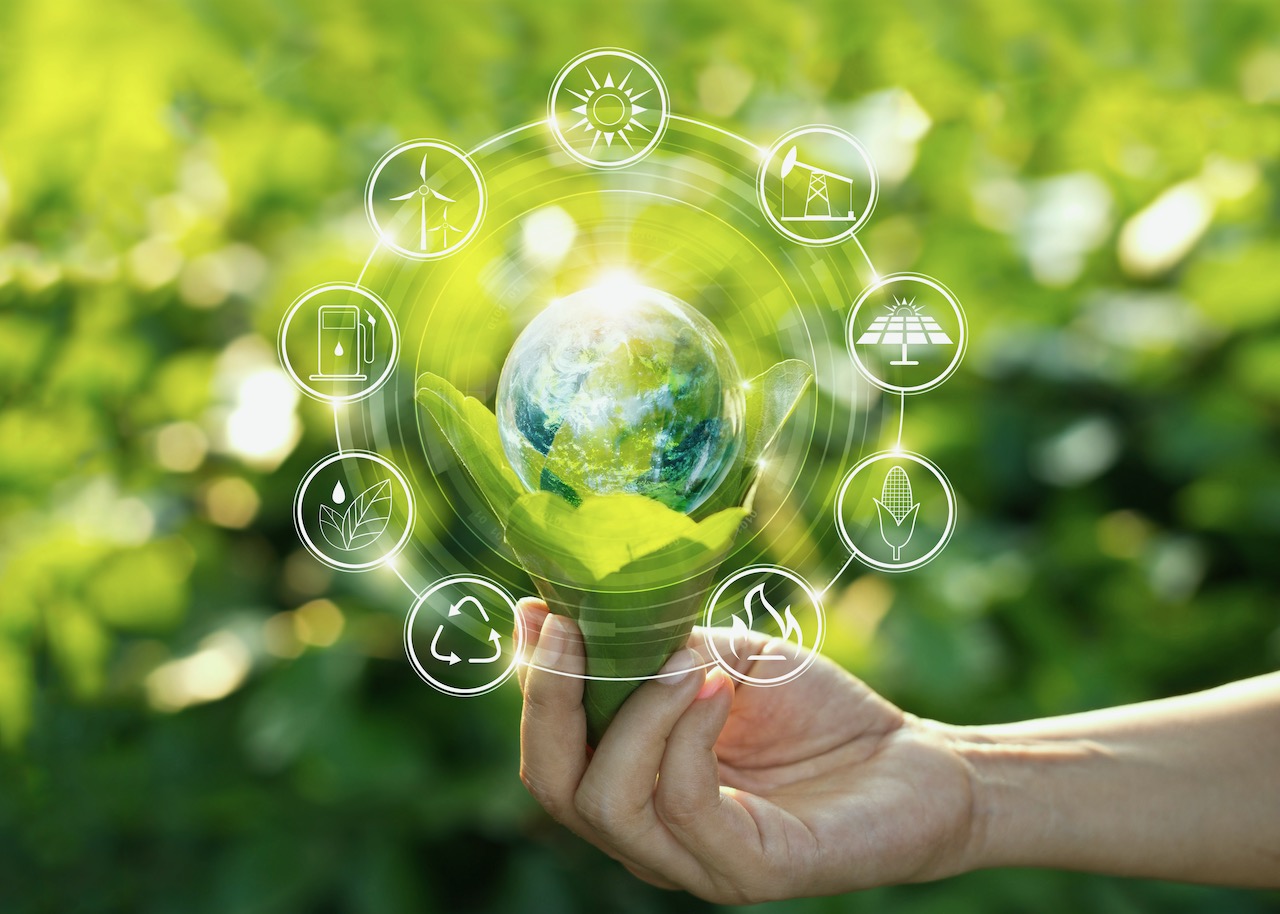
Opening Keynote: Troy Helming - Unicorn Founder + RenewablePreneur, Founder & CEO, EarthGrid
Troy’s been the founder & CEO of two impactful clean energy companies: TradeWind Energy, which he founded in 1998 & sold in 2004 (>$8 Billion of wind projects were built by the company he founded since then, and was the #1 Wind Developer in the USA in 2017) and then Pristine Sun: >350 solar projects built so far totaling $500 Million in market value (including projects sold to other companies such as Renesola (NYSE: SOL) & Enerparc) and many high profile projects including the largest floating solar project award in North America & the largest community solar projects in both Vermont and Wisconsin.
Troy's exits of companies founded:
- TradeWind Energy, founded 1996, rebranded 2002) worth >$1 Billion: $35 Billion of wind & solar farms built, #1 USA Wind Developer 2017.
- 2009: Pristine Sun Corp (> 350 solar farms & C&I projects built or sold ( 2 GW+)
- 2016: EarthGrid PBC, which will have the biggest impact of any of his companies on climate change & stimulating the economy.
Panel 1: Smart Grids: The Template of Renewable Energy
It is not enough to increase the types and amounts of renewable energy; Smart Grids form the linchpin of the transition from carbon to renewable energy. The flexibility, bi-directionality, and automation of smart grids enable a more efficient, economic, and secure energy supply that responds to the needs of producers and users. Digitalizing these electricity grids makes them "smart" and increases their reliability by incorporating automated information and control systems that allow them to be managed remotely.
Smart grids are central to the electrification of new sectors, such as heating and transport, and along with energy storage, are fundamental to decarbonizing the economy. Innovations that make smart grids possible include artificial intelligence, machine learning, and blockchain. The Global Smart Grid Innovation Hub in Bilbao, Spain, is the clearinghouse for information on smart grids.
Click here to learn more or to register before rates rise
Panel 2: Forms of Renewable Energy: The State of the Art in Hydro, Wind, Solar & Geothermal
When we talk about renewable energy, we must break down renewable energy into its component forms: What is the state of the art for the major forms of renewable energy?
- Hydro. Hydro power innovators are employing modeling, mathematical optimization, data science, and machine learning to create new ways for hydropower systems to coordinate with the grid.
- Wind. The technology used to harness the power of wind has advanced significantly over the past 10 years, with the US increasing its wind power capacity 30% year-over-year.
- Solar. A substantial research effort to develop the next-generation of concentrating solar-thermal power (CSP) plants and storage technologies is underway.
- Geothermal. Hot rocks can provide baseload power when there is no sun or wind, and require less land than solar farms or wind. Although the US is the leader in geothermal energy, and it is currently only 1% of US power production, but the Energy Department hopes that it can provide 8.5% of America's electricity generation by 2050.
Click here to learn more or to register before rates rise
Panel 3: Electrifying the Economy: Sources of Battery Materials for Renewable Energy
To accelerate the transition from carbon to renewable energy, we must convert the building heating and automobile sectors away from carbon by electrifying them. In turn, electrifying these sectors often requires increasingly sophisticated batteries.
However, the metals which it takes to manufacture these batteries, such as lithium, cobalt, and nickel, often come from geopolitically challenging countries, such as China, the Congo, and Zambia. Mining and refining also have environmental and political downsides.
Bloomberg estimates that, driven by demand for electric battery powered vehicles, global demand for cobalt alone by 2030 will be 47 times the demand in 2017. This panel explores the challenges of using specific metals to create specific batteries, and how battery makers are attempting to relocate the sources of these "conflict metals" from challenging countries to more friendly nations.
There is also an ESG - Environmental, Social, and Governance – dimension. This comes from a push by major car manufacturers for global production of conflict metals to be sourced sustainably and responsibly, with a special concern for child labor in artisanal mines in the Congo.
There is also an ESG - Environmental, Social, and Governance – dimension. This comes from a push by major car manufacturers for global production of conflict metals to be sourced sustainably and responsibly, with a special concern for child labor in artisanal mines in the Congo.
Click here to learn more or to register before rates rise

